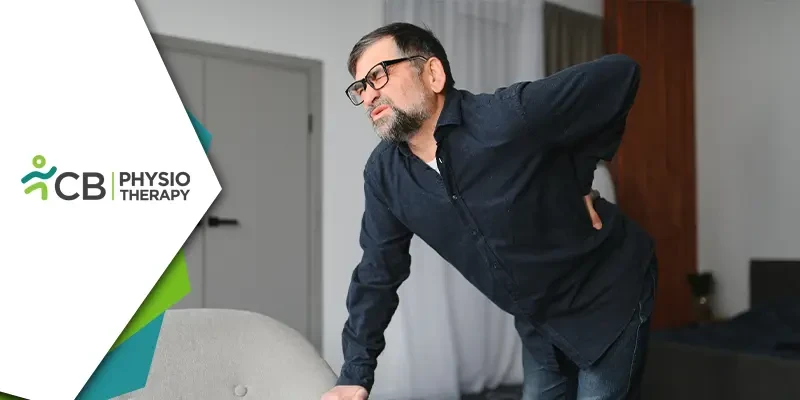Lumbar arthropathy is a term that encompasses various degenerative conditions affecting the joints in the lower back, particularly the lumbar spine. As individuals age, the wear and tear on the spinal joints can lead to pain, stiffness, and a reduced range of motion. This condition can significantly impact the quality of life for those affected. In the quest for effective management and relief, physiotherapy emerges as a crucial and non-invasive ally. In this blog post, we will delve into the intricacies of lumbar arthropathy and explore the invaluable role that physiotherapy plays in mitigating its symptoms.
Understanding Lumbar Arthropathy
Lumbar arthropathy primarily involves the facet joints of the lumbar spine, which are small, paired joints that facilitate movement and provide stability to the vertebral column. These joints are susceptible to degeneration due to factors such as aging, genetics, obesity, and mechanical stress. As the cartilage in the facet joints wears down, bones may rub against each other, causing inflammation, pain, and stiffness. Additionally, the formation of bone spurs (osteophytes) can occur, further contributing to discomfort and limiting mobility.Symptoms of lumbar arthropathy may vary, but common indicators include persistent lower back pain, stiffness, and difficulty in performing daily activities. In severe cases, lumbar arthropathy can lead to nerve compression, resulting in radiating pain, numbness, and weakness in the legs.
Role of Physiotherapy in Managing Lumbar Arthropathy
Physiotherapy plays a pivotal role in managing lumbar arthropathy by addressing pain, improving flexibility, and enhancing overall functionality. The tailored approach of physiotherapy aims to address the specific needs of each individual, promoting a holistic and personalized healing process. Here are the key components of Physiotherapy interventions for Lumbar arthropathy:1: Pain Management Techniques:
Physiotherapists employ various pain management techniques to alleviate discomfort. This may include hot and cold therapy, ultrasound, transcutaneous electrical nerve stimulation (TENS), laser therapy, etc. These modalities help in reducing inflammation, relaxing muscles, and providing relief from pain.
2: Exercise Programs:
Tailored exercise programs are designed to enhance strength, flexibility, and endurance. Strengthening the core muscles, including the abdominal and back muscles, provides better support to the spine. Flexibility exercises, such as stretching, help maintain or improve the range of motion in the lumbar spine.
3: Manual Therapy:
Hands-on techniques like joint mobilization and manipulation are often utilized in physiotherapy. These techniques aim to restore normal joint function, alleviate stiffness, and improve mobility. Manual therapy can be particularly beneficial in reducing pain associated with lumbar arthropathy.
4: Posture Correction:
Poor posture can exacerbate lumbar arthropathy symptoms. Physiotherapists educate individuals on maintaining proper posture during various activities, including sitting, standing, and lifting. Correcting posture helps distribute the load on the spine more evenly, reducing stress on the affected joints.
5: Education and Lifestyle Modification:
Physiotherapy involves educating individuals about their condition and providing guidance on lifestyle modifications. This may include advice on ergonomic principles, body mechanics, and weight management, empowering individuals to actively participate in their recovery.
Lumbar arthropathy can be a challenging condition, impacting the daily lives of those affected. While there is no cure for degenerative joint conditions, the right approach to management can significantly improve the symptoms and overall well-being of individuals with lumbar arthropathy. Physiotherapy emerges as a cornerstone in this management plan, offering a non-invasive and holistic approach to address pain, enhance mobility, and improve the quality of life. Through a combination of pain management techniques, targeted exercises, manual therapy, and education, physiotherapy empowers individuals to take an active role in their recovery, providing them with the tools they need to manage and mitigate the impact of lumbar arthropathy.

